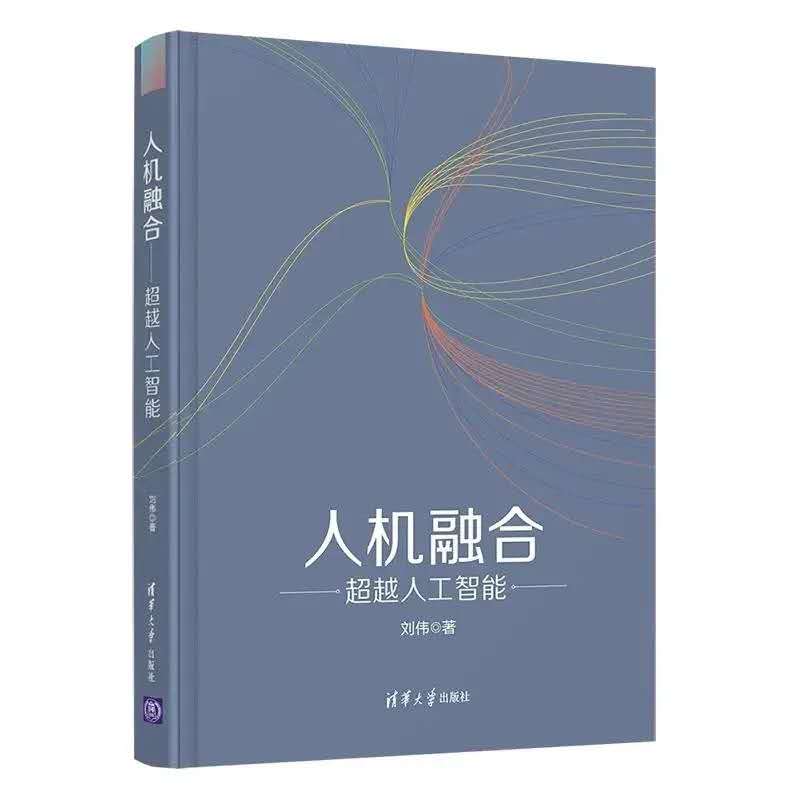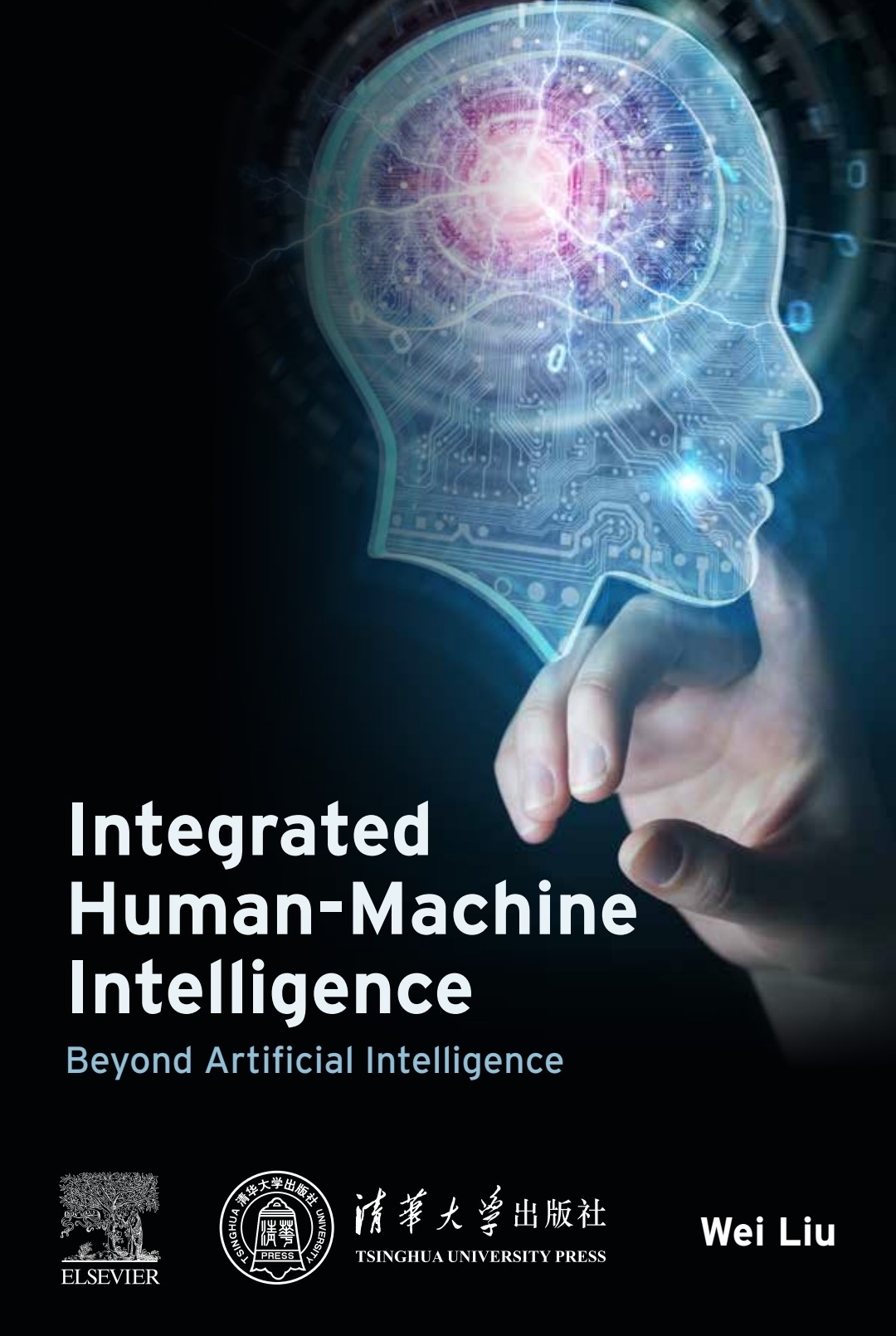博文
算法的秘密
||
1. 算法中的算,包括计算和算计两部分
(1)计算是逻辑的,而逻辑就是推理。
① 推理是有规则的。
② 规则一般不会变化,但变化却是一种规则。
③ 规则是产生式的,属于自动化范畴。
④ 自动化的本质就是计算的逻辑规则推理,包括与、或、非及其各种组合。
⑤ 人工智能的物理基础就是数字化与、或、非逻辑及其各种组合计算(尽管也会涉及一些非线性统计概率计算)。
⑥ 人工智能是自动化领域的一部分。
(2)算计是非逻辑的,而非逻辑不是推理。
① 非逻辑不按推理程序进行。
② 算计穿透着各个推理领域的部分。
③ 这种启发式跨域的能力与感性有关。
④ 感性是生产式的,属于智能化范畴。
⑤ 智能化的核心就是算计的非逻辑、非规则跨域性感知,包括主要的与、或、非及其各种组合及其之外的洞察。
⑥ 自动化是智能化领域的一部分。
2. 算法中的法,是算计的算计
(1)法中包括具身性和反身性。
① 具身性使用耦合和涌现等概念解释认知过程,而不必要假设一个“表征”的概念。
② 反身性即认识可以产生认识,行为可以生产行为。
③ 画里的留白、话外的留白都是法,其他部分是算。
(2)法不是计算。
① 法不是计算的法则,是算计的法则。
② 计算的法则有情境,算计的法则无情境。
③ 人工智能有封闭性,智能没有封闭性。
(3)算法中法大于算。
① 法不是事实,而是价值。
② 事实适用于推算,价值适合觉察。
③ 法可以反事实推理,也可以反价值推理,还可以跨域(非)推理。
④ 算在下,自下而上,产生式,有理有据。
⑤ 法在上,自上而下,启发式,通情达理。
⑥ 法能看到远处,算能看到近处。
⑦ 人擅长法,机优于算。
3. “计算计”与深度态势感知
(1)计算+ 算计生成“计算计”。
① 计算用“是”,算计用“应”。
② 计算有源,算计无本。
③ 计算是科学,算计为艺术。
④ 计算计就是深度态势感知。
⑤ 计算是已知条件,算计是未全知条件。
(2)深度态势感知即洞察。
① 态是计算,势是算计,感是映射,知是联系。
② 态势感知就是用确定性计算计非确定性。
③ 深度态势感知就是计算计事实、价值、责任。
④ 计算一定要情境、场景、态势化,算计则可以非情境、非场景、非态势化。
⑤ 计算计过程中会衍生出自主机制,一种在计算与算计之间的恰当切换。
⑥ 计算计可以交易、变易、不易、简易,也可以同化、顺应、平衡。
4. “计算计”不是科学问题,而是复杂性问题
“机”解决“复”问题,人解决“杂”问题。
------摘自小书P51-55:

3.1 The secret in algorithm
1. The calculation in the algorithm includes two parts: calculation and suanji
(1) Calculation is logical, and logic is ratiocination.
① The ratiocination has rules.
② The rules generally do not change, but change is a kind of rule.
③ Rules are productive and belong to the category of automation.
④ The essence of automation is the logical reasoning of calculation, including AND, OR, NOT and their various combinations.
⑤ The physical basis of artifificial intelligence is digital AND, OR, NOT and various combinations of calculation (but some nonlinear statistical probability computers are also involved).
⑥ Artifificial intelligence is part of the fifield of automation.
(2) Suanji, which is nonlogical, is not ratiocination.
① Nonlogic things do not follow the reasoning procedure.
② Suanji penetrates various parts of inference fifields.
③ This heuristic cross-domain ability is related to sensibility.
④ Sensibility is productive and belongs to the category of intelligence.
⑤ The core of intelligence is the nonlogical and irregular cross domain perception of suanji, including the main AND, OR,NOT and various combinations and insights beyond.
⑥ Automation is part of the fifield of intelligence.
2. The method in the algorithm is the suanji of the suanji
(1) The method includes embodiment and reflflexivity.
① Embodiment explains the cognitive process through concepts such as coupling and emergence, without assuming a concept of “representation.”
② Reflflexivity means that knowledge can produce knowledge,and behavior can produce behavior.
③ The blank-leaving in the painting and the blank-leaving in the talk are all methods, and the other parts are calculation.
(2) The method is not calculation.
① Method is not the rule of calculation, but the rule of suanji.
② The rule of calculation has its situation, but the rule of suanji has no situation.
③ Artifificial intelligence has the property of closure, but intelligence has no closure property.
(3) The method of algorithm is more important than calculation.
① The method is not fact but value.
② Facts are suitable for reckoning, and value is suitable for perceiving.
③ The method can be got through counterfactual ratiocination, antivalue ratiocination, and cross-domain (non-)ratiocination.
④ Calculation is basic, bottom-up, and based on logic.
⑤ Method is complex, top-down, and based on understanding.
⑥ Method can help us see something far away, while calculation can help us see something close.
⑦ Man is good at method, while machine is good at calculation.
3. “Jisuanji” and deep situation awareness
(1) Calculation and suanji generate “jisuanji.”
① Calculation uses “being” while suanji uses “should.”
② Calculation has the basis, while suanji does not.
③ Calculation is science, while suanji is art.
④ The jisuanji is deep situation awareness.
⑤ Calculation is based on known conditions, while suanji is not fully based on known conditions.
(2) The deep situation awareness is insight.
① The situation contains calculation and suanji; the percept contains reflflection and connection.
② Situation awareness is the use of certainty to calculate uncertainty.
③ The deep situation awareness is the jisuanji of facts, values, and responsibilities.
④Calculation must be contextualized, scenario-oriented, and situational, while suanji can be noncontextualized, not scenario-oriented, and not situational.
⑤ In the process of jisuanji, an autonomous mechanism is derived, which is an appropriate switch between calculation and suanji.
⑥ The jisuanji can be changed, diffificult, and simple, and it can also be assimilated, adapted, and balanced.
4. “Jisuanji” is not a scientifific problem, but a problem of complexity.
“Machine” solves a large amount of problems of the same kind, and “Man” solves problems that are different kinds.
From the book P42-44:

https://blog.sciencenet.cn/blog-40841-1360780.html
上一篇:智能的逻辑与理性的逻辑是不同的逻辑
下一篇:符号、认知与逻辑